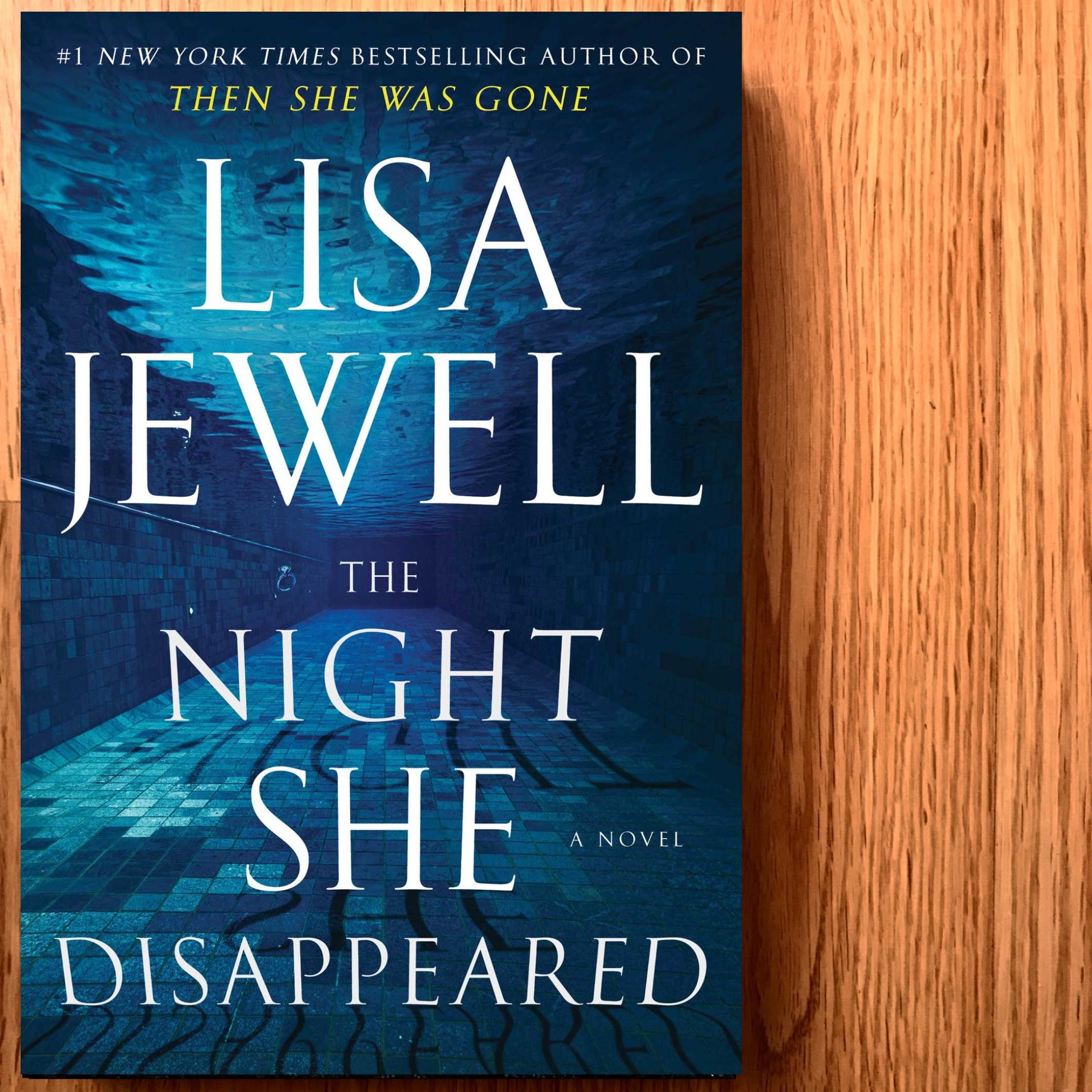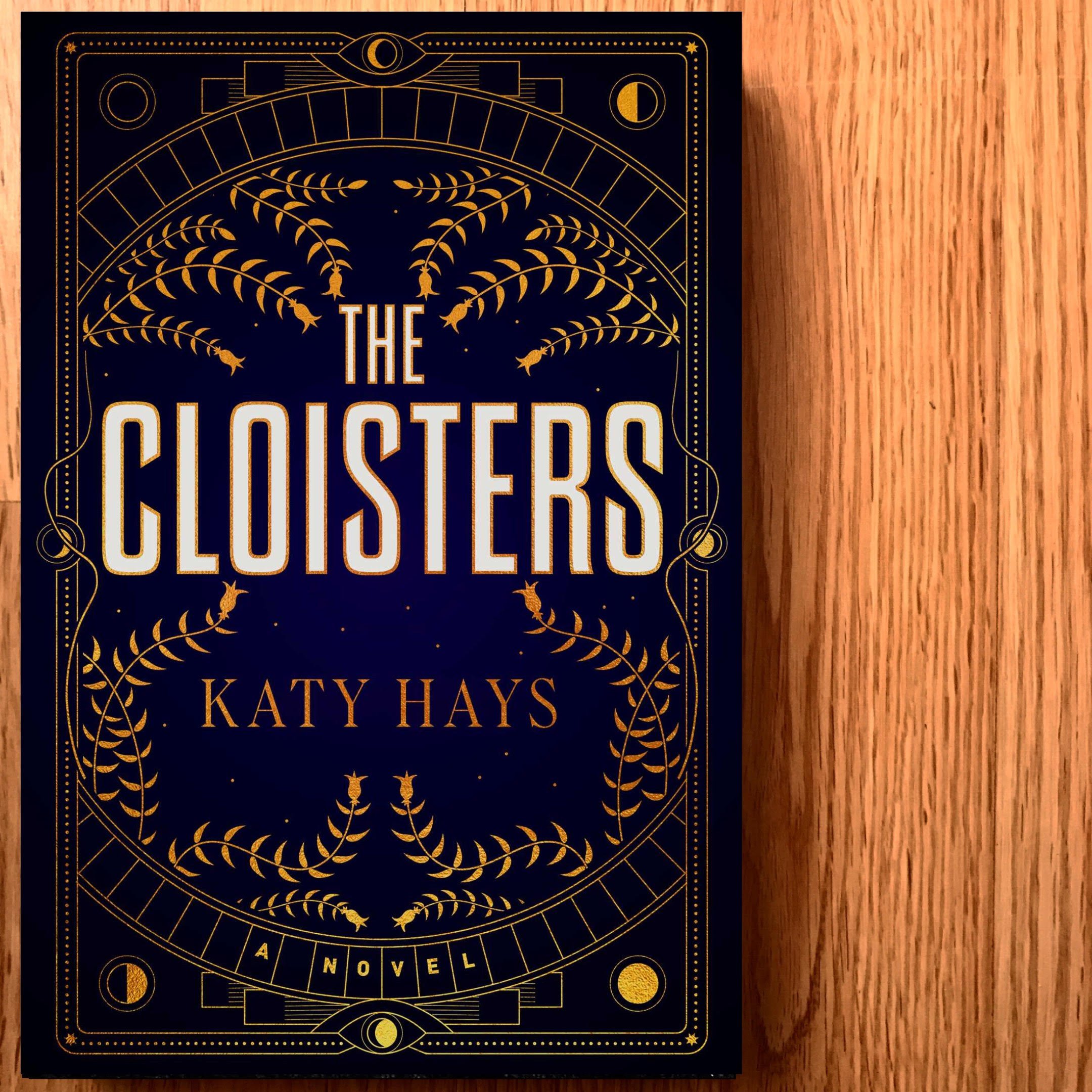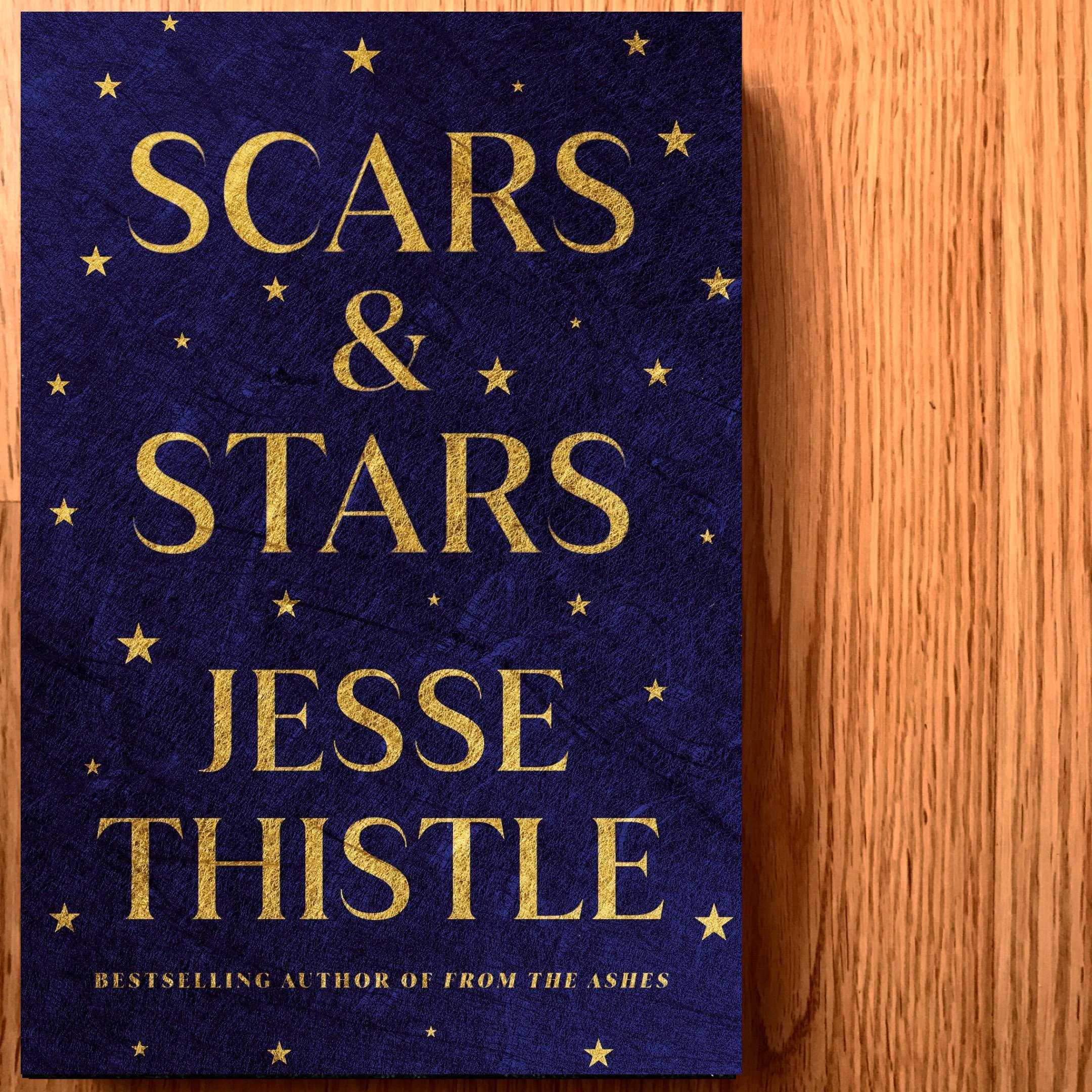By Melissa Khan
It’s 1997 and best friends Robin, Dylan, and Steph are ready to spend their first summer as teenagers the way they always have: carefree and innocent. But when their classmate’s younger sister Catherine goes missing, suddenly there’s danger everywhere. Robin tries to keep their spirits high amongst feelings of guilt and paranoia, but with the parents in the community acting strangely, and his relationship with Steph and Dylan changing in different ways, he’s more confused than ever.
The opening monologue gives the reader the opportunity for instant connection and, for that, it clicked with me immediately. Howell describes the overarching theme of the novel so succinctly and delicately hints at what’s to come. There’s this feeling of growing up in a small town that is woven throughout the passage and extends into the novel itself, which makes the reader aware of this simmering uneasiness underneath the words on the page.
I really appreciated the inclusion of the younger characters being aware of the larger events in the novel, and at the same time trying to remain innocent of it all. Robin makes keen observations about the actions and motivations of his friends and their parents and allows the reader to make the connection between what is said and what is happening on their own. It really shows the audience how much Robin is noticing, but not necessarily understanding.
The part of this novel that gives it its strength is the mystery. The characters always seem a step away from unveiling something huge, which keeps the reader on their toes. I loved how action-packed each scene was and that everything served a purpose. There was never a moment that was unnecessary or didn’t provide some additional context or clue. Robin’s constant conflict with the two main bullies in the novel, for example, was an effective distraction technique from the other, less obvious, villains. The audience is always on the lookout, knowing that Robin and his friends could be ambushed at any moment, and therefore we don’t always notice when a subtle detail is revealed.
For the majority of the novel, we watch as Robin navigates his changing adolescence amidst the tragedy of Catherine’s disappearance, and for this, the novel could have really succeeded in remaining unresolved and allowing some of the mystery to continue. Although the conclusion was certainly not as satisfying as the mystery itself, I think it was important that Catherine wasn’t used solely as a tool to propel Robin’s growth. There was a larger context to the story that Robin was simply a bystander.
I very much enjoyed everything this novel had to offer. It gives the reader a sense of participation that makes it all the more thrilling, and there’s this easy familiarity that makes it feel personal. It’s not often a reader gets to experience nostalgia for something that never happened to them.
Thank you, NeWest Press, for sending me a copy in exchange for an honest review.





















